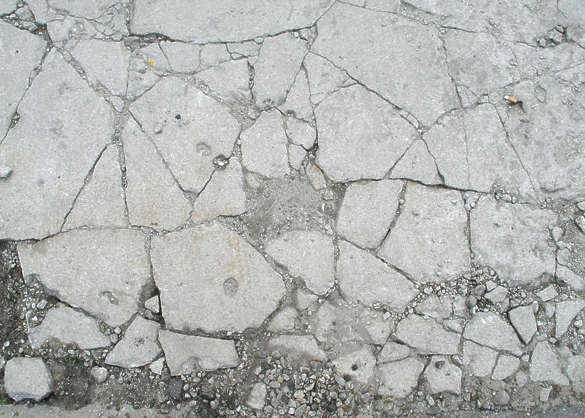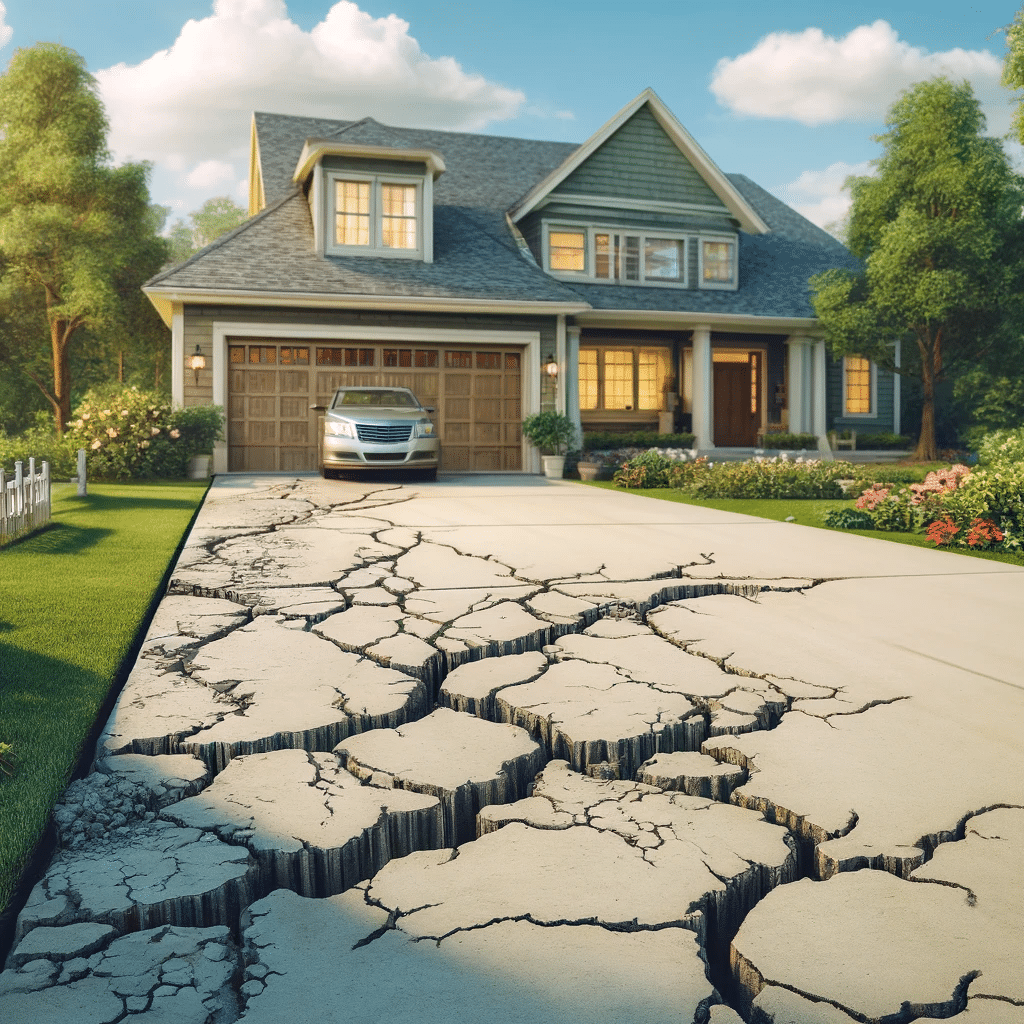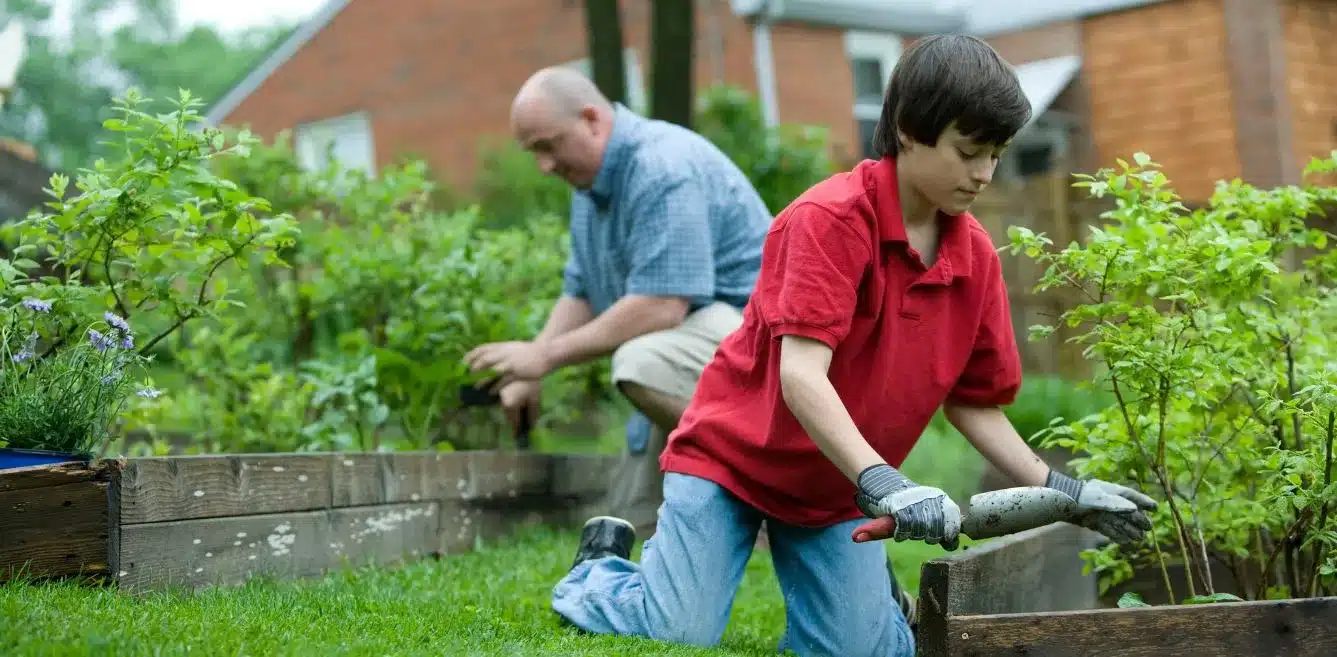Common Causes of Concrete Damage in NC
Concrete is a highly durable and versatile construction material, widely used for various projects due to its strength and reliability. Despite its impressive qualities, like any other building material, concrete is susceptible to damage caused by various factors, which can compromise its durability and longevity in structures.
In North Carolina, common causes of concrete damage include erosion, corrosion of reinforcing steel, and carbonation, among others. Erosion, for instance, can be particularly problematic, as the state experiences an above-average annual rainfall, leading to detrimental effects on concrete structures such as driveways, sidewalks, or pool decks.
Appropriate concrete repair methods can help restore the strength and durability of damaged concrete while also preventing further deterioration. Being aware of the causes of concrete damage is crucial for proper maintenance and ensuring the extended lifespan of the concrete structures.
Identification of Concrete Damage
Physical Manifestations of Deterioration

- Cracking: Small fissures that can occur in concrete due to factors such as ground movement and freeze-thaw cycles.
- Spalling: Concrete breaking into smaller pieces or flaking off the surface, typically due to corrosion of reinforcing steel.
- Pitting: Small, shallow depressions in the surface, which may form due to the weathering of concrete or exposure to aggressive chemicals.
- Erosion: Gradual wearing away of the concrete surface from exposure to water or wind.
Regular inspections and maintenance can help identify these signs of concrete damage, facilitating timely repairs to prevent further deterioration.
Common Causes and Contributing Factors
There are several factors that contribute to concrete damage, such as:
- Water and moisture: Infiltration of water and moisture into concrete components can lead to deterioration, as it promotes steel corrosion and freeze-thaw cycles.
- Tree roots: The growth of tree roots near concrete structures can exert pressure on the ground, causing soil movement and eventually leading to cracks in the concrete.
- Soil settlement: Over time, the soil beneath a concrete structure may settle or shift, creating an uneven foundation that results in concrete cracks and other forms of damage.
- Chemical reactions: Concrete can undergo chemical reactions, such as carbonation, which reduces the pH level, making the concrete more susceptible to damage.
It is essential for property owners to address these contributing factors to minimize concrete damage and maintain the structural integrity of their buildings.
Preventive Measures and Repair Methods
Strategies for Longevity and Structural Integrity

Regular maintenance can significantly extend the life of concrete structures. This includes monitoring for signs of damage, such as cracks and surface pitting, as well as ensuring proper drainage around the structure to prevent water from pooling and weakening the foundation. For an extra layer of protection, consider applying protective coatings or waterproofing treatments to the concrete surface.
When planting trees near concrete, it is essential to select species with non-invasive root systems or implement root barriers that direct growth away from the structure, as tree roots can cause significant damage over time.
Repair Techniques for Damaged Concrete

- Epoxy Injection: This repair method is commonly used for filling and sealing cracks in concrete structures. It provides excellent bonding properties and helps to restore the original strength of the structure.
- Polyurethane Foam Injection: For addressing larger cracks and voids, a polyurethane foam injection can be a suitable solution. The foam expands upon application, filling the damaged area and providing structural support.
- Concrete Lifting: When concrete slabs have settled due to soil erosion or other issues, concrete lifting can be used to lift and level the slab back to its original position. Options for concrete lifting include various methods, and this is often achieved using specialized equipment and materials, such as expanding polyurethane foam.
Careful planning, proper construction techniques, and regular maintenance are critical components in achieving a long-lasting, durable concrete structure. When damage occurs, understanding the cause and selecting the most appropriate repair method can help restore the structure to its optimal condition, ensuring safety and minimizing further damage.
In Conclusion
Several common causes contribute to concrete damage in North Carolina. One notable factor is the state’s above-average rainfall, which leads to erosion and weakens concrete structures. The abundant rain makes soil unstable and causes concrete slabs to shift, leading to cracks and other forms of damage.
Apart from weather-induced damage, there are numerous other causes of concrete damage. Some of the most common are:
- Carbonation: A phenomenon where carbon dioxide penetrates concrete and reacts with calcium hydroxide, forming calcium carbonate, which lowers the pH levels in concrete and leads to corrosion.
- Physical deterioration: External factors such as temperature changes, freeze-thaw cycles, and mechanical abrasion can cause stress and contribute to concrete deterioration.
- Shrinkage cracks: As water evaporates during the initial curing process, voids form between solid particles, which weaken the concrete and make it more susceptible to cracking.
Property owners in North Carolina need to be aware of these prevalent causes of concrete damage and take appropriate steps to prevent or address them. Timely repair or reinforcement efforts can help maintain the structural integrity of buildings and mitigate any potential safety risks.
Proper maintenance and inspections are key to identifying the early onset of concrete damage and implementing the most effective solutions to preserve the stability and longevity of these structures.







